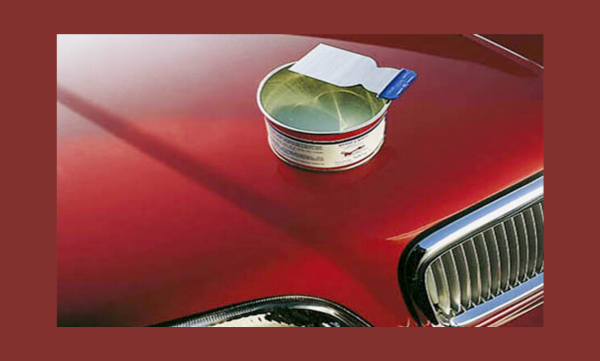Putty Resin Supplier
Putty Resin Supplier
We are leading Putty Resin Supplier in India, offers highest quality Putty resin.
Vinyl Ester Resin Manufacturer in India
Orson is the best VinylEster Resin Manufacturer in India. This Resin are very benefical in Various areas.
If you want more information about products, so you can freely contact us.


